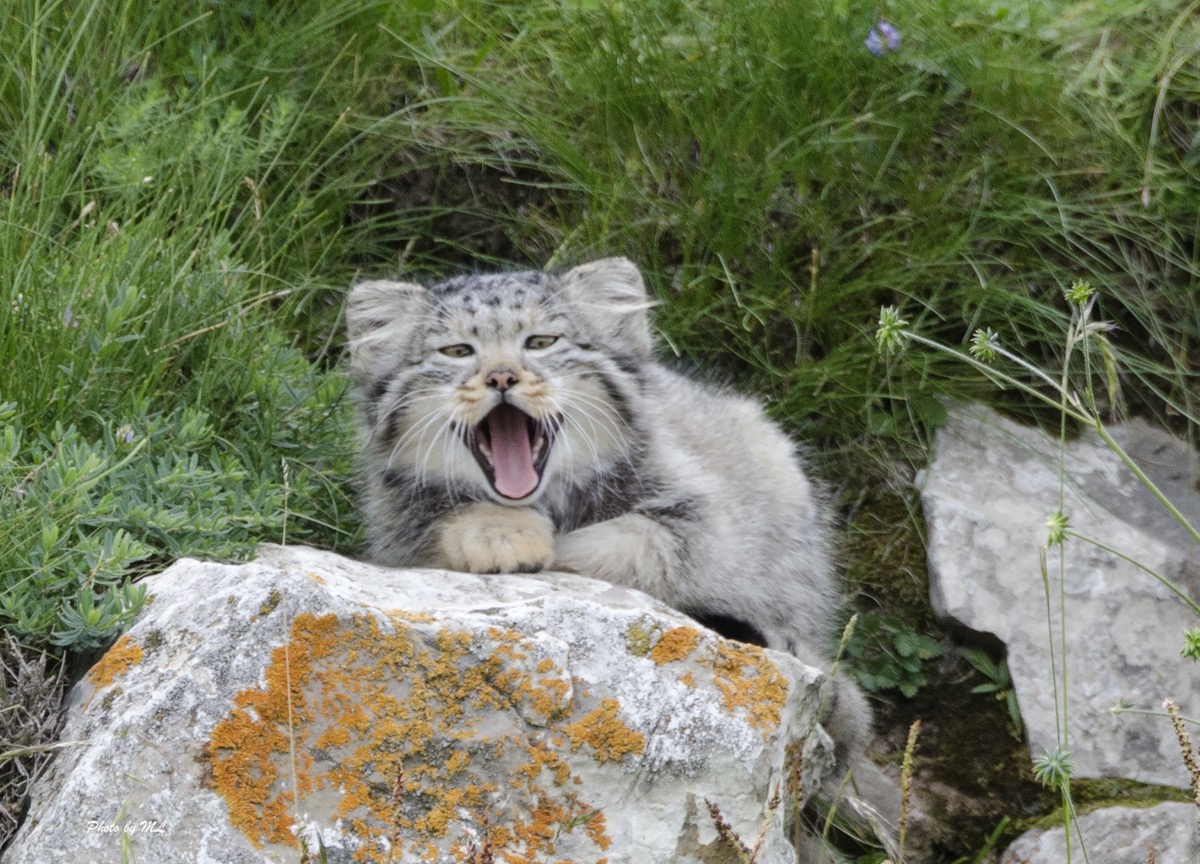Wonders of the Wild: Unveiling the World of Protected Species
In the vast and diverse world of wildlife, there exist remarkable creatures that captivate our hearts and minds with their unique beauty and extraordinary characteristics. These protected animal species serve as ambassadors of the natural world, embodying the importance of conservation and preservation efforts. Among these treasured beings are the majestic maned wolf with its elegant stature, the charming red panda frolicking among the trees, the adorable fennec fox with its oversized ears, the elusive Pallas's cat roaming the remote landscapes, and the fascinating Chinese crocodile lizard hidden within the ancient forests. Each of these animals carries a story of resilience, adaptation, and the delicate balance they hold within their habitats. Join us on a journey to unveil the wonders of these protected species and explore the enchanting world they inhabit.
Protection Measures
The maned wolf, red panda, fennec fox, Pallas's cat, Chinese crocodile lizard, and other protected animal species face various threats in their natural habitats. To ensure their survival, conservation efforts have been implemented worldwide. pallas's cat facts as national parks and wildlife reserves play a crucial role in safeguarding these species from habitat destruction and poaching.
In addition to setting up designated conservation areas, conservation organizations work tirelessly to raise awareness about the importance of protecting these vulnerable species. Educational programs, public campaigns, and community involvement are key strategies in promoting conservation efforts and encouraging sustainable practices that benefit both wildlife and local communities.

Collaboration between governments, conservation groups, researchers, and local communities is essential in developing and enforcing effective protection measures for these endangered species. By working together, stakeholders can address various challenges, implement conservation strategies, and monitor the populations of these valued animals to ensure a sustainable future for all.
Conservation Efforts
Humans play a crucial role in protecting these magnificent creatures. Conservation efforts are aimed at ensuring the habitats of these animals are preserved and their populations thrive. By establishing wildlife reserves and national parks, authorities provide safe havens for these protected animal species to flourish.
Additionally, educational programs and outreach initiatives are essential in raising awareness about the importance of preserving these species. Through public education and community engagement, individuals are empowered to take action in safeguarding the habitats of maned wolves, red pandas, fennec foxes, pallas's cats, Chinese crocodile lizards, and other at-risk animals.
Moreover, collaborative efforts between governments, conservation organizations, and local communities are vital in implementing conservation strategies. By working together, stakeholders can address issues such as habitat loss, poaching, and illegal wildlife trade, thereby ensuring a sustainable future for these protected species.
Challenges Ahead
Conservation efforts for protected animal species face various challenges. One key obstacle is habitat loss due to deforestation and urbanization. Protecting the natural habitats of these species becomes increasingly difficult as human development encroaches on their territories.
Another challenge is poaching and illegal wildlife trade. Despite being protected by laws, many of these species are still targeted by poachers for their valuable fur, body parts, or as exotic pets. Enforcement of anti-poaching measures is crucial in safeguarding these animals from exploitation.
Climate change poses a significant threat to protected animal species as well. Rising temperatures, altered precipitation patterns, and habitat disruptions impact their survival and reproductive capabilities. Adapting conservation strategies to mitigate the effects of climate change is essential for the long-term protection of these vulnerable species.